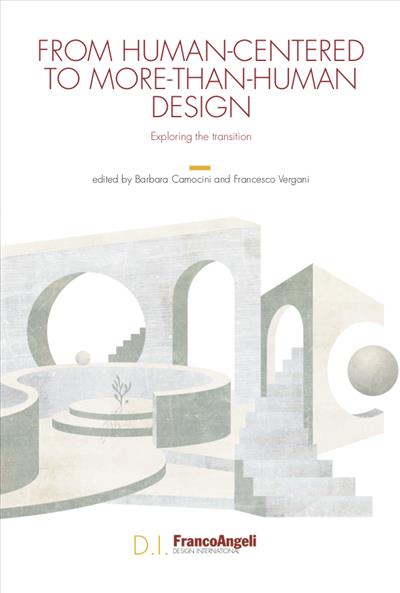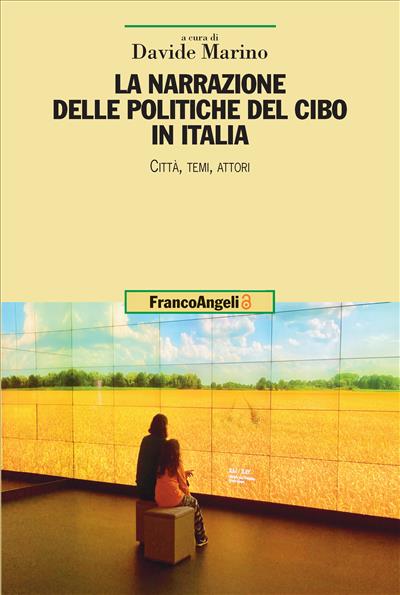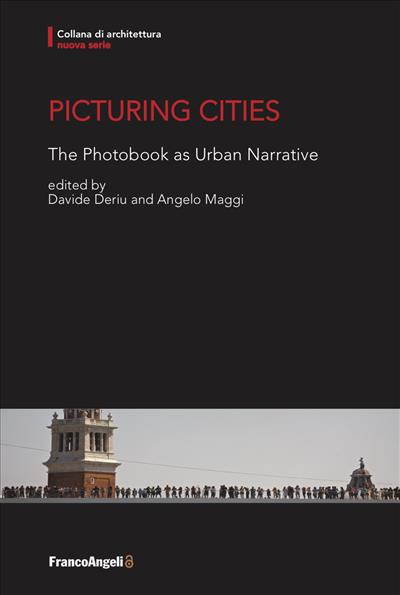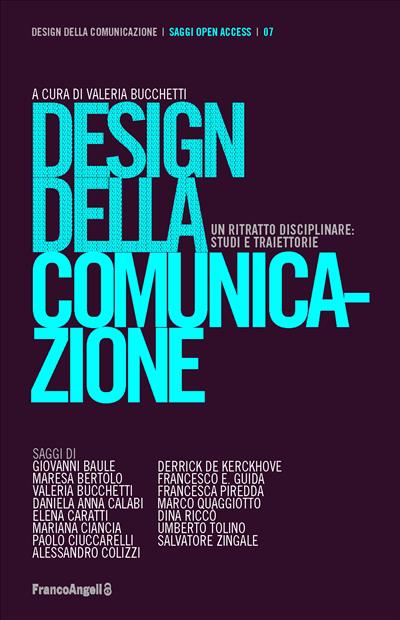
A cura di: Barbara Camocini, Francesco Vergani
From Human-centered to More-than-Human Design
Exploring the transition
The environmental emergency of the last century has led to an urgent need to reformulate the predominant role of human beings on the planet by undertaking a less anthropocentric design approach. Within this theoretical framework, the book explores the role of Design as a multifaceted discipline capable of exploring the complexity of a changing world, and reconsiders the human being’s position in a pervasive relationship with the contemporary environments through a More-than-Human approach.
Open Access
0,00
Open Access
0,00
Pagine: 164
ISBN: 9788835132585
Edizione:1a edizione 2021
Codice editore: 10319.11
Informazioni sugli open access




